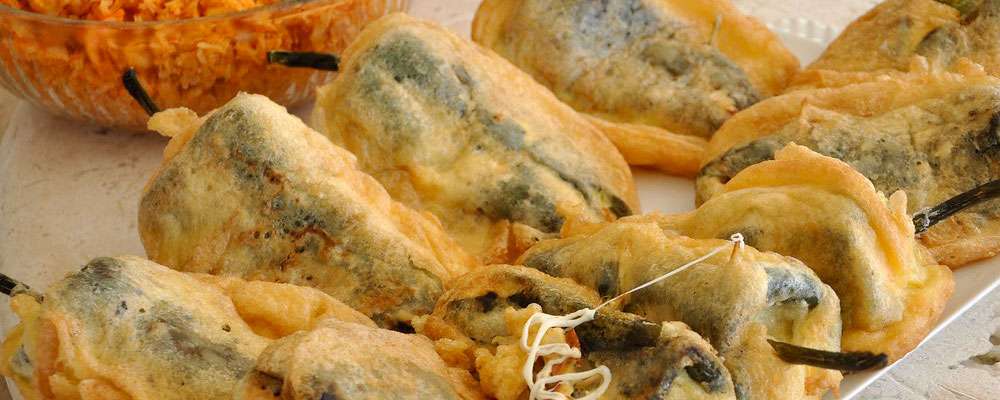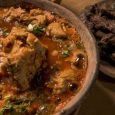
Chiles rellenos are one of those recipes that are emblems of Mexican gastronomy. Let’s explore their importance!
Mexican cuisine is so varied and rich that it’s difficult to remember it all. However, there are recipes that serve as the base for different versions of a single dish throughout the country. One of these is chiles rellenos. They are prepared in so many ways that they have become practically omnipresent throughout Mexico.
Origin of Chiles Rellenos
The origin of chile relleno is found in the vast gastronomy of what was once Mesoamerica. Various pre-Hispanic peoples included a wide variety of chiles in their diets. For example, the Mexicas used chiles to stuff with different ingredients native to the Texcoco lake. The European conquest of present-day Mexico introduced new ingredients such as beef, pork, cheese, and spices. Thus, during the colonial period, all these new elements fused with Mesoamerican culinary traditions.
What Are Chiles Rellenos Usually Like?
Today, chiles rellenos are one of the country’s signature dishes. They typically consist of a chile (usually poblano) filled with various fillings: picadillo, cheese, etc. Sometimes they are battered, served cold or hot; usually, they are covered in a tomato-based sauce.
There is also a widespread custom of controlling the chile’s spiciness. Sometimes the chiles are cooked in water to preserve their natural heat. Other times, they are boiled several times in water with sugar or piloncillo (unrefined cane sugar). When served, they are accompanied by rice (red or white) and black beans; they are also often eaten wrapped in corn tortillas as tacos.
Varieties of Chiles Rellenos: Northern Mexico and Guanajuato
Although the base preparation for chiles rellenos exists, there is a vast number of local variations. For example, different types of chiles are stuffed in various regions of Mexico, although the most widespread is undoubtedly the poblano. In northern states, the green chile from the north is used, prepared similarly to traditional poblano chiles. In Dolores Hidalgo, Guanajuato, chiles called “de chorro” are filled with picadillo, cheese, or beans; they are battered and served in tomato sauce.
Chiles Rellenos in Oaxaca
Oaxaca stands apart regarding this dish. In Oaxaca, water chiles or Oaxacan pasilla chiles are used, stuffed with picadillo, cheese, potatoes, carrots, green beans, peas, or sardines. They are generally battered and may be bathed in tomato sauce or black beans. In Juchitán, in the Isthmus region, chipotle chiles are used, stuffed with a picadillo of pork with plantain, potatoes, pineapple, onion, raisins, almonds, pepper, and clove. In the Central Valleys, the most requested chile is the Oaxacan pasilla or mixe chile; traditionally filled with shredded beef or pork with garlic, tomato, onion, raisins, olives, and capers. It is battered with egg and served with tomato broth.
Chiles Rellenos from Puebla, Mexico City, and Tlaxcala
In Puebla, poblano chiles stuffed with cheese and picadillo are famous. The same fillings are used for ancho, pasilla, and huejo chiles. However, the most famous variety from Puebla and throughout the country is chile en nogada, a proud national dish. Its filling of ground meat, pear, Castilla walnut, crystallized fruit (acitrón), raisins, pomegranate, and sweet cream is unique in every sense.
In Mexico City, Tlaxcala, and other central areas, ancho chiles stuffed with picadillo are common; they are battered and served in tomato sauce. There is also a variety of chiles rellenos originating from rural communities in these regions. These consist of a mix of zucchini, corn kernels, carrot, squash flower, epazote (an herb), and fresh cheese; they are battered or baked.
This translation captures the cultural richness and regional diversity of chiles rellenos as a hallmark of Mexican cuisine.



